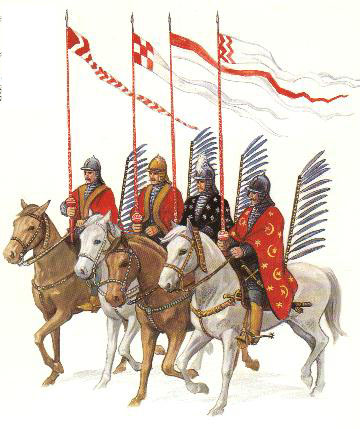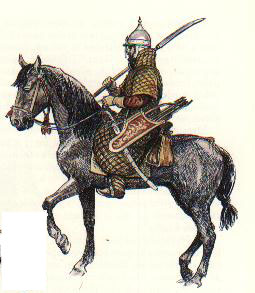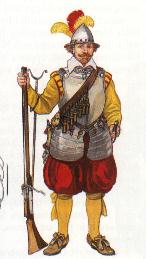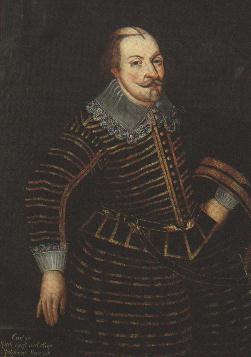
Karl IX
Karl IX to the left was actually the uncle to the polish king Sigismund to the right who was once the king of Sweden as well as Poland. Born in Sweden and raised there his polish crown was the result of his fathers, Johan III political ambitions. By clever political maneuvering and an outright revolt the duke Karl managed to get Sigismund loose his Swedish crown and usurp it himself. Sweden and Poland were to fight almost without interruption until the downfall of the Swedish great power more than 100 years later. As in the case with Denmark the initial wars were evenly fought and managed with difficulty only. Later wars would give glorious victories but in the end Sweden alone could not face the rest of northern Europe united to destroy Sweden. It that ultimate goal they would fail however.
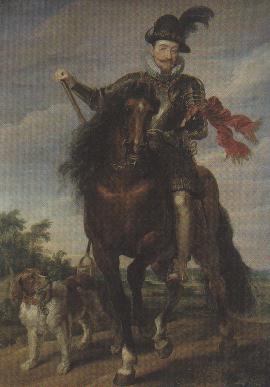
Sigismund
